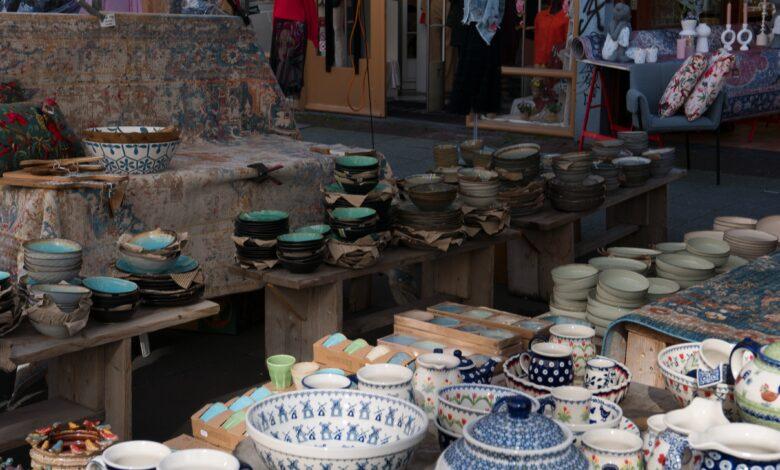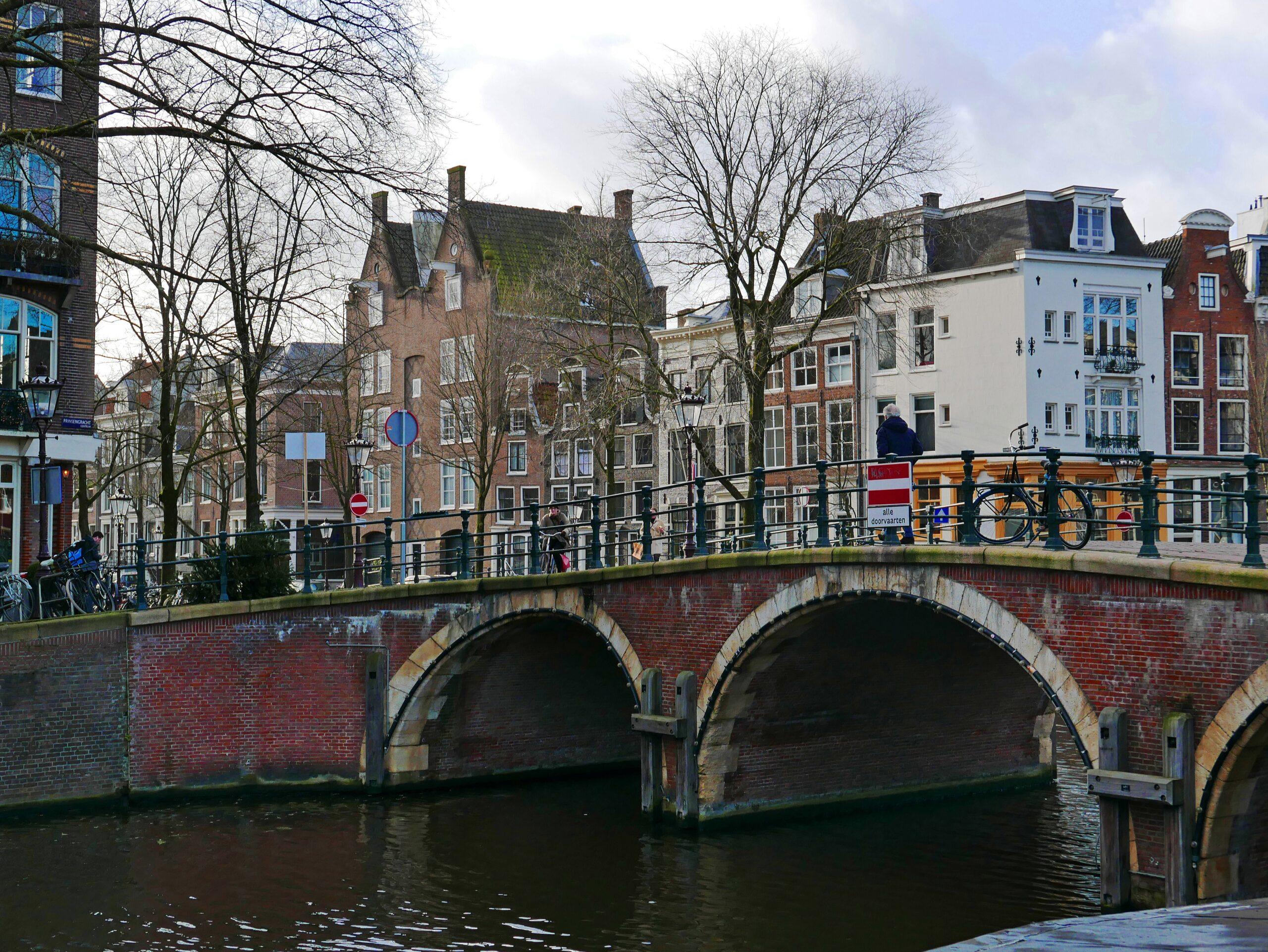🌷🎨 A Symphony of Colors: The Tulip Fields of the Netherlands 🇳🇱
Exploring the Vibrant Beauty and Cultural Heritage of Dutch Tulip Fields

Introduction
Welcome to the kaleidoscopic world of the Netherlands, where rolling fields burst into a vibrant symphony of colors each spring, painting the landscape with the breathtaking hues of tulips. Join us as we embark on a journey through the picturesque tulip fields of the Netherlands, exploring the rich history, cultural significance, and stunning beauty of these floral tapestries that captivate hearts and lenses alike.
The History and Cultural Significance of Tulips in the Netherlands
Origins and Cultivation of Tulips in the Netherlands
Tulips have a captivating history intertwined with the Netherlands. Introduced to the country in the late 16th century, these vibrant flowers quickly captured the hearts of the Dutch. Initially prized for their rarity and unique color variations, tulips became a symbol of wealth and status.
The Dutch passion for tulips led to the famous “Tulip Mania” in the 17th century, a period when tulip bulbs were traded at exorbitant prices, reaching a speculative fever before the market crashed. Despite this, tulips remained an integral part of Dutch horticulture.
Tulips as Symbols of Dutch Culture and Heritage
Tulips are ingrained in the cultural fabric of the Netherlands, symbolizing beauty, elegance, and the country’s rich heritage. They are celebrated in art, literature, and festivals, embodying the Dutch spirit of creativity and innovation.
The tulip’s significance extends beyond aesthetics, representing traits like abundance, diversity, and the Dutch penchant for excellence in floriculture. Their presence in Dutch landscapes, gardens, and even on traditional Delftware pottery reflects a deep-rooted cultural attachment.
Annual Tulip Festival and Tourism Impact
The Netherlands proudly showcases its love for tulips through the annual Tulip Festival, a spectacular display of blooming tulip fields attracting millions of visitors worldwide. During this festival, usually held in spring, visitors flock to witness the kaleidoscope of colors across the Dutch countryside.
This festival serves as a magnet for tourism, boosting the country’s economy and highlighting the allure of the Netherlands beyond its historical landmarks. Tourists embark on tulip-themed tours, visit Keukenhof Gardens, and explore the tulip fields in regions like Lisse, immersing themselves in the sheer beauty of these blossoms.
The Tulip Festival isn’t just about flowers; it’s a cultural celebration, featuring music, art, and local traditions, offering a holistic experience of Dutch heritage.
Tulips in the Netherlands transcend being mere flowers; they symbolize a heritage, a passion for horticulture, and a cultural legacy that continues to blossom, attracting enthusiasts and travelers from around the globe.

Exploring the Iconic Tulip Fields
The tulip fields of regions like Lisse, particularly renowned for the Keukenhof Gardens, offer a breathtaking spectacle during the peak blooming season. These areas in the Netherlands boast a kaleidoscope of vibrant colors, showcasing an astonishing diversity of tulip varieties.
Regions Famous for Tulip Cultivation
Lisse stands as the heart of tulip cultivation, drawing visitors to its renowned Keukenhof Gardens. This expansive park sprawls over 32 hectares and hosts around 7 million flower bulbs, including a vast array of tulips. Additionally, regions like Noordoostpolder and the Bollenstreek (Bulb Region) offer a similar visual feast during the tulip season, showcasing the Netherlands’ affinity for these splendid blooms.
Diversity of Tulip Varieties and Colors
The tulip fields burst into a riot of colors with an incredible assortment of tulip varieties. From the classic single-colored tulips to exotic parrot tulips and vibrant striped varieties, visitors are treated to a mesmerizing panorama of hues. The spectrum spans from deep velvety reds to soft pastel pinks and from sunny yellows to striking purples, creating a mesmerizing tapestry across the landscape.
Activities and Experiences for Visitors
During the peak blooming season, visitors revel in various activities and experiences amidst the tulip fields. Walking or cycling tours offer an up-close encounter with the fields, allowing visitors to immerse themselves in the beauty of the blooms. Additionally, boat tours along the waterways that weave through the fields provide a unique perspective of the colorful landscapes.
Furthermore, festivals and events celebrating the tulip season enchant visitors with music, art, and cultural performances. The Keukenhof Gardens, in particular, offer themed gardens, pavilions showcasing floral exhibitions, and guided tours to enhance the visitor experience.
Exploring these iconic tulip fields during their peak blooming season isn’t just about witnessing nature’s splendor but also immersing oneself in a vibrant tapestry of colors and experiences—a celebration of the Netherlands’ enduring love affair with tulips.
Tulip Industry: Cultivation and Export
The tulip industry stands as a vibrant cornerstone in horticulture, renowned for its cultivation and global export. Countries like the Netherlands lead the production, nurturing vast fields of tulips that paint the landscape in vibrant hues during blooming seasons. Cultivation involves meticulous care, from bulb planting in autumn to the stunning blooms in spring, showcasing the industry’s dedication to quality and timing for both local enjoyment and international trade.
Technological Advancements in Tulip Farming and Breeding
Innovation has revolutionized tulip farming and breeding techniques, optimizing growth conditions and enhancing desirable traits. Advanced greenhouse technologies enable year-round production, extending the traditional blooming season. Moreover, genetic advancements facilitate selective breeding for stronger, more vibrant blooms with increased disease resistance, expanding the spectrum of available tulip varieties.
Sustainability Efforts within the Tulip Industry
Sustainability is increasingly becoming a focal point within the tulip industry. Efforts to minimize environmental impact include eco-friendly cultivation practices, such as responsible water management and reduced chemical usage. Additionally, initiatives promoting ethical labor practices and fair trade principles are gaining momentum, ensuring the welfare of workers involved in tulip production.
Innovative recycling and waste reduction programs further contribute to the industry’s sustainable evolution. Some farms adopt eco-conscious packaging and implement measures to reduce plastic waste, emphasizing a commitment to environmental stewardship.
The tulip industry’s growth is not just about beauty and commerce; it’s about responsible stewardship of the environment and communities involved. As technology continues to advance and sustainability becomes a driving force, the tulip industry stands poised to flourish while preserving its natural heritage for generations to come.





Facebook Comments